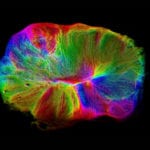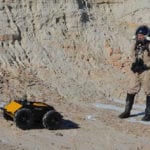 Animals
Animals  Animals
Animals  Weird Stuff
Weird Stuff 10 Weird Things People Used to Do at New Year’s
 Our World
Our World 10 Archaeological Discoveries of 2025 That Refined History
 Weird Stuff
Weird Stuff 10 Fascinating Facts You Might Not Know About Snow
 Miscellaneous
Miscellaneous Top 10 Things Crypto Was Supposed to Change & What Actually Did
 History
History 10 Huge Historical Events That Happened on Christmas Eve
 Music
Music 10 Surprising Origin Stories of Your Favorite Holiday Songs
 History
History 10 Less Than Jolly Events That Occurred on December 25
 Weird Stuff
Weird Stuff 10 Funny Ways That Researchers Overthink Christmas
 Politics
Politics 10 Political Scandals That Sent Crowds Into the Streets
 Animals
Animals 10 Species That Refused to Go Extinct
 Weird Stuff
Weird Stuff 10 Weird Things People Used to Do at New Year’s
 Our World
Our World 10 Archaeological Discoveries of 2025 That Refined History
Who's Behind Listverse?

Jamie Frater
Head Editor
Jamie founded Listverse due to an insatiable desire to share fascinating, obscure, and bizarre facts. He has been a guest speaker on numerous national radio and television stations and is a five time published author.
More About Us Weird Stuff
Weird Stuff 10 Fascinating Facts You Might Not Know About Snow
 Miscellaneous
Miscellaneous Top 10 Things Crypto Was Supposed to Change & What Actually Did
 History
History 10 Huge Historical Events That Happened on Christmas Eve
 Music
Music 10 Surprising Origin Stories of Your Favorite Holiday Songs
 History
History 10 Less Than Jolly Events That Occurred on December 25
 Weird Stuff
Weird Stuff 10 Funny Ways That Researchers Overthink Christmas
 Politics
Politics 10 Political Scandals That Sent Crowds Into the Streets
11 Tech and Science Breakthroughs of the 2000s
Mankind’s dependence on science is undeniable. All the civilized races today strive for scientific progress underlining man’s quest for knowledge. Even religion, ethics and culture takes a backseat in comparison to science. What better way to celebrate this progress than to commemorate some famous and some not so famous scientific inventions of the previous decade.
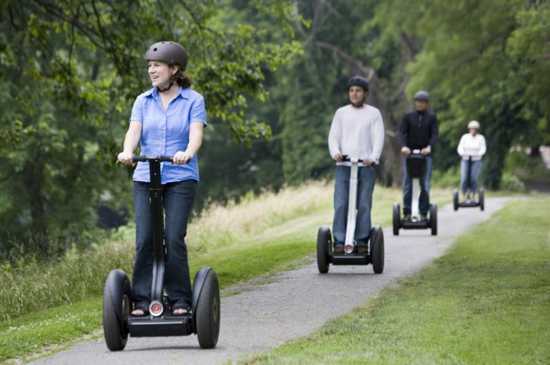
The first self-balancing, electric-powered transportation machine invented by Dean Kamen, known as the Segway Human Transporter was invented in 2000. Launched in the year 2001, the Segway human transporter uses dynamic stabilization to enable the transporter to balance itself with the help of tilt sensors, gyroscopes and a built-in computer. The transporter adjusts to the body movement at a rate of 100 movements per second. The first model did not consist of any brakes and traveled at a speed of 12 miles per hour, and the speed and direction could be controlled by manual mechanisms. An improvised model released in 2006 allowed users to adjust the speed and direction through computer assistance too.

Along with the famous iPod invented by Apple Inc. in the year 2001, another remarkable invention of this year was the bio-artificial liver. Dr. Kenneth Matsumura and Alin Foundation invented the artificial liver by designing a device that utilizes animal liver cells. Instead of sticking with the age-old idea of using mechanical devices used to replace organs, this breakthrough technology included a mechanical device as well as biological elements. The animal cells are trapped behind a membrane (thin parting inside) in the bio-artificial liver. Therefore, while the cells can perform all the common functions of the liver such as filtering the blood, and eliminating toxins, the cells do not merge with human blood causing no reactions or harm to the person.
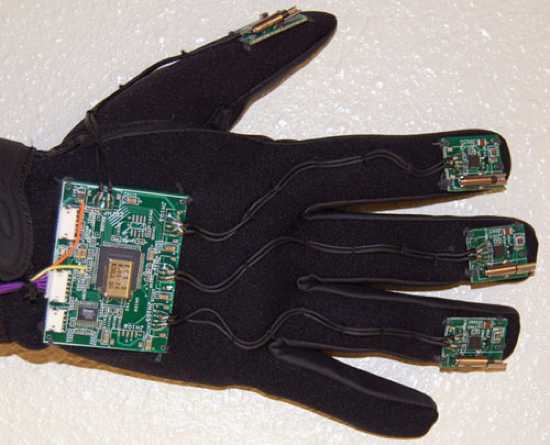
The birth control patch, the Braille Glove, and the Nano-tex fabric were all scientific inventions of the year 2002. Using leather Golf gloves, Ryan Patterson, invented a device that can identify the wearer’s hand movements and transmit them wirelessly to a hand-held monitor as words. Although not very famous, the Braille Glove has enough importance in the world of impaired people. The Nano-tex fabric was another invention that went slightly unnoticed by the common people. The Nano-tex fabric goes through chemical treatment that gives them around a million tiny fibers which are one hundred thousand of an inch long, which for their basic use repel spills. The birth control patch invented by Ortho McNeil Pharmaceuticals known as the Ortho Eva patch was the first birth control patch that could be changed once a week and had the same effects as the contraceptive pills.
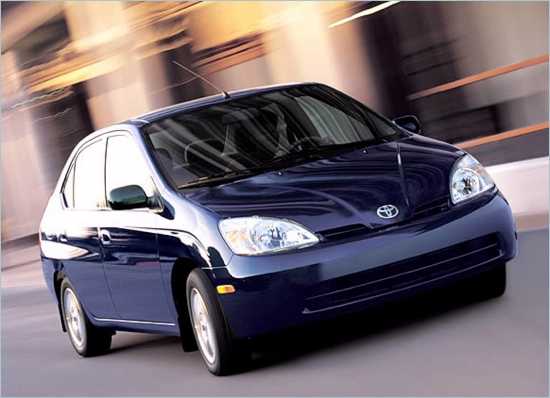
Toyota’s Hybrid Car was the invention for the year 2003. Getting its popular share of publicity the Hybrid car is known for its self parking attributes. The gas-electric powered automobile has a feature that lets it park itself! This happens with the help of a rear mounted camera, power steering and software called Intelligent Parking Assist, designed to direct the car into a parking space. The user does not even have to touch, talk or provide any input throughout the process.

The two inventions that grabbed popular attention in the year 2004 were the Sono Prep, and the Adidas 1 shoes. The Adidas 1 shoes with built-in microprocessor think for themselves, deciding what kind of foot support the wearer needs. Sono Prep invented by Robert Langer, was an advancement in the field of biotechnology that can administer medications through sound waves rather than conventional methods such as injections. The device is said to direct low frequency ultrasonic waves to the skin for 15 seconds that opens up the lipids in the skin enabling transfer of liquids. The skin returns to its original state in the following 24 hours.

The most popular and successful invention in the year 2005 was YouTube. The website which achieved the greatest consumer response is a video-hosting website that lets users share videos across the globe. The website invented by Jawed Karim, Steve Chen and Chad Hurley is currently one of the most famous websites in the world!
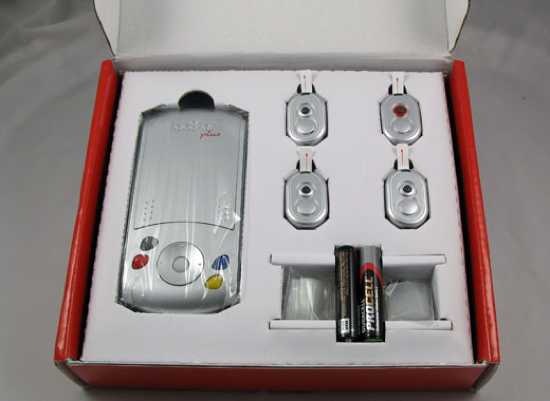
Year 2006 was slightly slow-paced in the field of scientific inventions. Although a lot of prototypes and beta-testers were released, only a few actual products were seen in the markets. One of these products was the Loc8tor. Loc8tor attaches radio frequency emitting tags to all your small possessions that you forgetfully misplace the most. It points in the right direction, left and right, and up and down too, bringing you as close as an inch from the item. The tag does its part and beeps to pinpoint the exact location too.
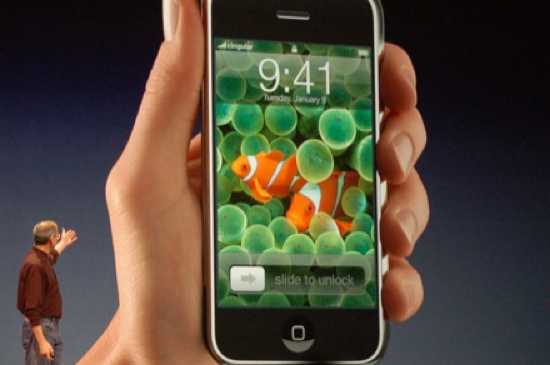
The Invention of the year 2007 was none other than Apple’s famous iPhone. When first released, the iPhone was a breakthrough in mobile technology boasting unprecedented sensor technology, a brand new operating system, which actually fits the operations of a computer inside the attractive body of a phone. iPhone as we know today has restructured the entire world of Mobile gadgets and was Apple’s ace in the world of technology.
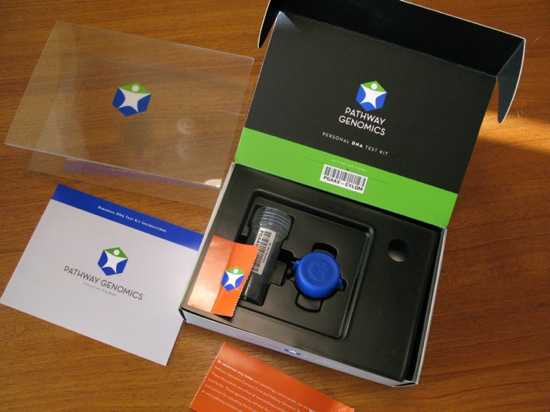
The scientific and medical miracle for the year 2008 was the personal retail DNA testing kit. Through a saliva test the DNA kit can estimate your genetic links to more than 90 hereditary traits ranging from baldness to chronic diseases. Although the kit was not invented in the year 2007, it was released publicly to the common consumers. Human genotyping has been available to every person rather than just the executive order thanks to the inventors 23andMe. Consider the possible benefits and consequences of such an invention that can track your chances of being in a specific state, or medical condition based on your genes and not just social, environmental and purely technological factor. Genotyping through this DNA kit can identify the chances of genetically inheriting any traits out of 6 million different traits. Another notable invention of this year was the Bionic Lens. Babak Parviz from the University of Washington invented contact lenses that use tiny LEDs powered by solar cells and use radio frequency receiver to display images, maps and other data over the wearer’s visual field.
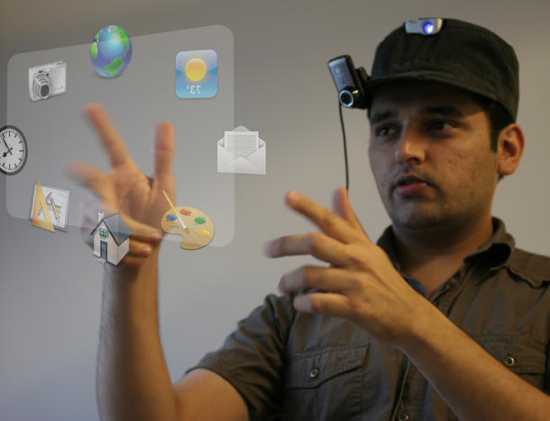
The Sixth Sense developed in the year 2009 by Pranav Mistry at the MIT media lab USA is a wearable gestural interface turning all actions into digital information capable of being processed in any technologically advanced device, such as a computer, mobile, etc. It has been the fundamental technology of digital effects in sci-fi movies for almost a whole decade. The Sixth Sense consists of a pocket size projector and a camera connected to a portable computing device. The camera identifies the hand gestures and movements of the user while the projector can use surfaces to display visual data and let them be used as computer interfaces. The device uses the video streaming from the camera and processes it with the software in synchronization with the visual tracking referencing sensors that the user wears at his fingertips.

Teleportation is the next big thing attracting scientific interest all over the world. Although only in its testing phases, this technology makes traveling over a distance in a blink of an eye possible. The stuff of the movies might finally come true in the near future. For now, scientists at Joint Quantum institute at the Maryland University, USA have been successfully able to ‘teleport’ information from one atom to another atom, placed in separate containers, one meter apart in distance!


